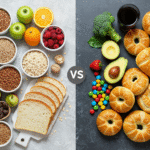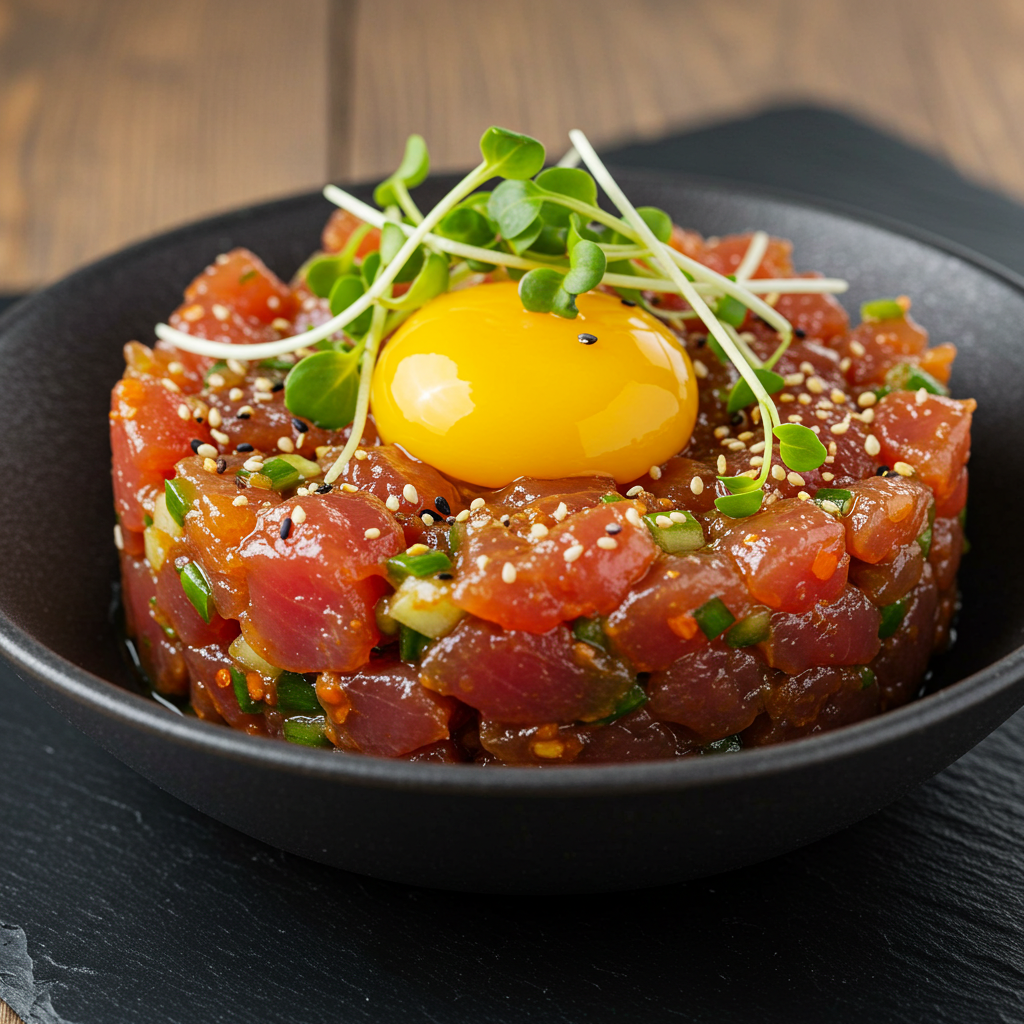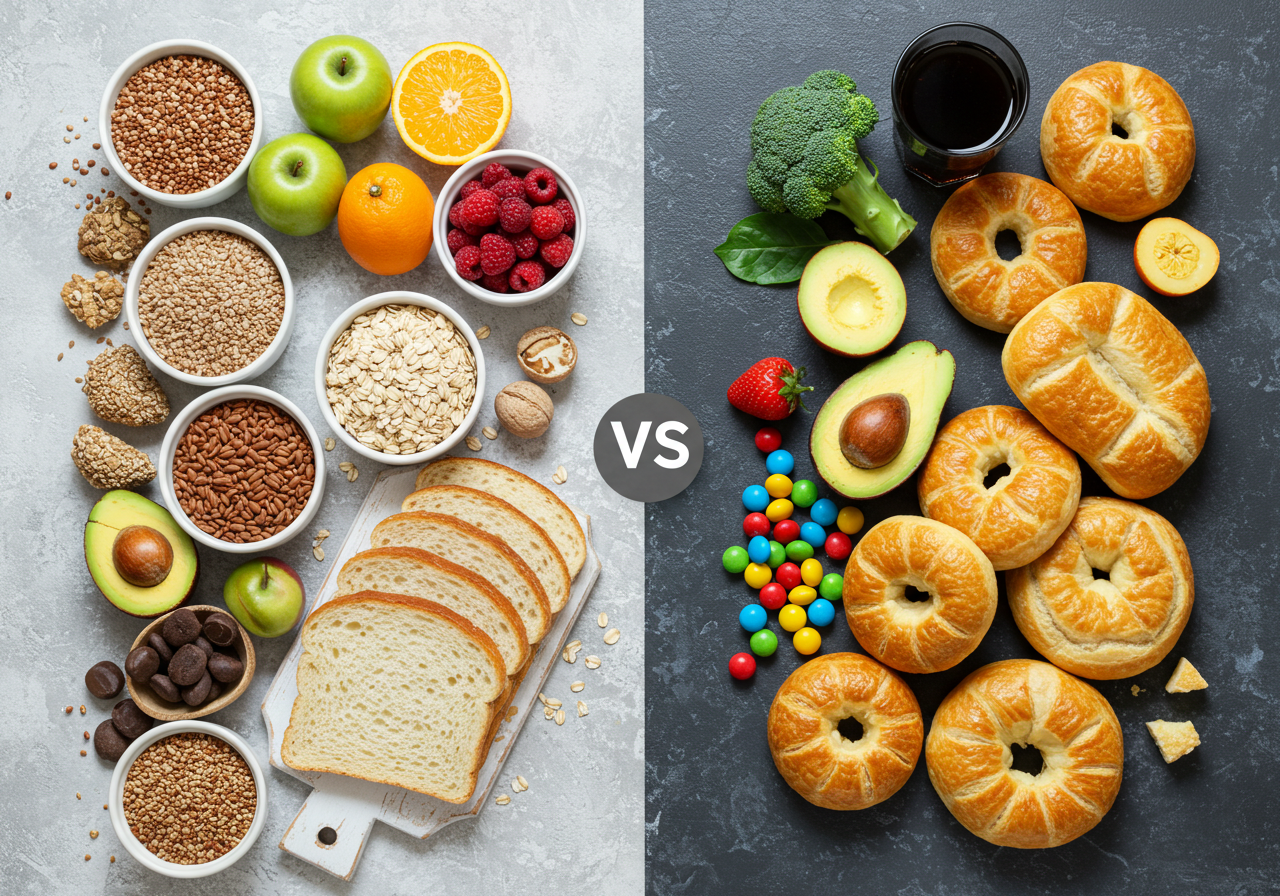In recent years, street food culture has taken the world by storm. What was once seen as casual roadside dining has now evolved into a global movement — celebrating authentic flavors, local traditions, and the art of quick, delicious food. From Bangkok to New York, street food is redefining how people experience culinary diversity.
1. What Is Street Food Culture?
Street food culture refers to the tradition of selling ready-to-eat food from stalls, carts, or trucks. It’s not just about eating — it’s about community, creativity, and culture.
Whether it’s a spicy taco in Mexico, a hot bowl of pho in Vietnam, or crispy samosas in India, every dish tells a story of its people and their history.
Keyword insight: “Global street food” and “authentic street food dishes” are among the most searched phrases by food lovers online.
2. The Global Popularity of Street Food
The popularity of street food around the world has exploded thanks to social media, travel vlogs, and food festivals. People want to taste authenticity, not just luxury dining.
Today, cities like Bangkok, Istanbul, Mumbai, and Mexico City are global hotspots for street food tourism. Even in the U.S. and Europe, food trucks and street food markets are booming.
Popular global street foods include:
- Tacos (Mexico)
- Bánh mì (Vietnam)
- Samosas (India)
- Falafel wraps (Middle East)
- Takoyaki (Japan)
- Churros (Spain)
These dishes have become ambassadors of local culture on an international scale.
3. Food Trucks: The Modern Street Food Revolution
Food trucks have reinvented the traditional idea of street food. They bring restaurant-quality dishes to the streets with creativity and flair.
From gourmet burgers to fusion tacos, food trucks symbolize a new era of culinary innovation and entrepreneurship.
Many chefs start their journey in food trucks before opening restaurants. It’s affordable, mobile, and a perfect way to reach food lovers directly.
4. The Secret Ingredient: Authenticity
The beauty of street food lies in its authentic flavors and simplicity. It connects people to their roots and local traditions.
Street vendors often use recipes passed down through generations — making each bite a taste of heritage.
This authenticity is what draws millions to explore local food trends and hidden gems in every city they visit.
5. Street Food and Social Media
Platforms like Instagram, YouTube, and TikTok have played a huge role in promoting street food culture.
Short videos of sizzling grills, colorful dishes, and friendly vendors attract millions of viewers — turning small stalls into international sensations overnight.
If you’re running a food business, sharing your street food journey online can help build an authentic connection with your audience.
6. Why People Love Street Food
There’s a reason people can’t get enough of street food:
✅ Affordable and accessible
✅ Freshly made on the spot
✅ Bursting with local flavor
✅ A true reflection of culture and identity
Street food brings together taste, tradition, and togetherness — three things every foodie loves.
Final Thoughts
The rise of street food culture shows that people crave more than just a meal — they crave an experience. Whether it’s a busy market in Thailand or a trendy food truck festival in Los Angeles, street food continues to connect people through the universal language of taste.
As this global trend grows, one thing is clear: street food isn’t just food — it’s a movement.











Leave a Reply